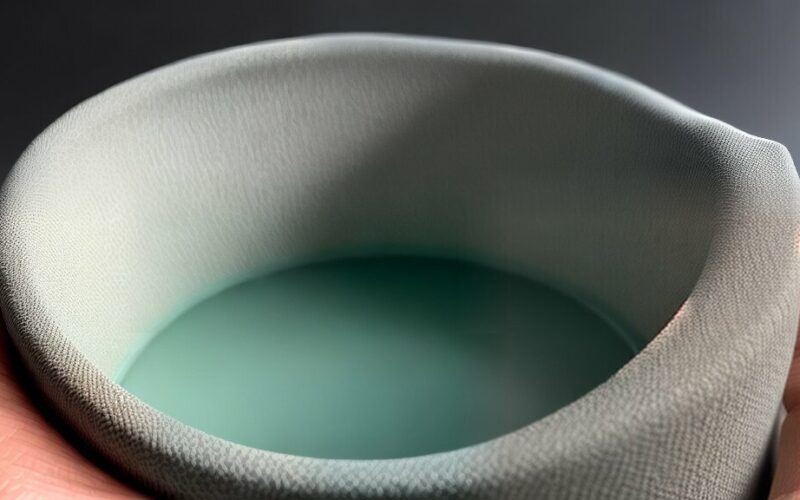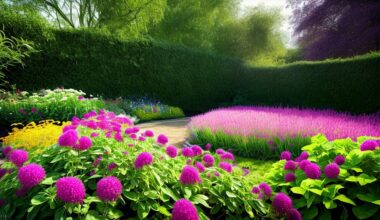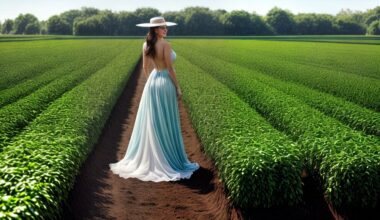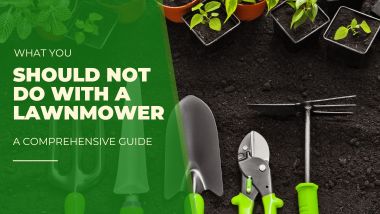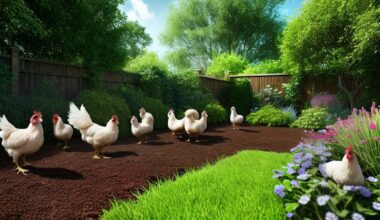If you’re an avid gardener looking for an eco-friendly and efficient way to grow your plants, you may have heard of fabric pots. These innovative containers offer a variety of benefits, including improved drainage, better air circulation, and more robust root systems. But what exactly are fabric pots made of, and how are they manufactured?
In this article, we’ll take a closer look at the materials used in fabric pots, as well as the manufacturing process, different fabric types, and the numerous benefits they offer for gardening and the environment.
Key Takeaways:
- Fabric pots are a sustainable and efficient alternative to traditional planters.
- Understanding the composition of fabric pots, including their fabric type and manufacturing process, is crucial for optimal plant growth.
- Fabric pots offer numerous benefits, such as improved drainage and root development, portability, and eco-friendliness.
The Composition of Fabric Pots
Have you ever wondered what makes fabric pots such a popular choice for gardening? Let’s take a closer look at their composition to find out.
Fabric pots are constructed using a variety of materials, but the most common fabric types include geotextile, felt, and polypropylene. Geotextile fabric is highly durable and provides excellent drainage, making it a popular choice for outdoor gardening. Felt fabric is made from recycled materials and is a great alternative for those looking for an eco-friendly option. Polypropylene fabric is lightweight, non-toxic, and resistant to chemicals and UV rays.
In addition to the fabric type used, fabric pots may also have an inner lining or additional layers to enhance their performance. Some fabric pots have a breathable liner that allows water to drain while preventing soil from escaping, ensuring proper aeration and ideal growing conditions for plants. Others may have additional layers of fabric to provide extra insulation, keeping the plants at an optimal temperature.
| Key Takeaways: |
|---|
|
When it comes to the construction of fabric pots, they are typically sewn or assembled using specialized machinery that ensures their durability and uniformity. The stitching is done to withstand the weight of the soil and the pressure of the growing plants, making fabric pots a reliable choice for gardening.
Understanding the composition of fabric pots is crucial to selecting the right option for your gardening needs. Consider factors like the type of fabric used, additional layers, and manufacturing process to find the perfect fabric pot for your plants.
Understanding Different Fabric Types
When it comes to selecting fabric pots, the type of fabric used can have a significant impact on plant growth and health. Different fabrics offer various benefits, such as breathability, durability, and water retention capabilities.
Cotton: Cotton is a popular fabric choice for fabric pots as it is lightweight, breathable, and allows for proper aeration of the soil. It is also an eco-friendly option, as it is biodegradable and does not contain harmful chemicals.
| Fabric Type | Advantages |
|---|---|
| Polypropylene | Durable, retains moisture, resistant to UV radiation |
| Felt | Provides insulation, increases root branching, drains excess water |
| Burlap | Biodegradable, provides good drainage, durable |
Polypropylene: This synthetic fabric is used in fabric pots for its durability and ability to retain moisture. It is also resistant to UV radiation, making it suitable for outdoor use.
Felt: Felt fabric provides excellent insulation for plant roots and aids in the growth of new branches. It also drains excess water, preventing waterlogging and root rot.
Burlap: Burlap is a sturdy and biodegradable fabric that offers good drainage and is resistant to tearing and punctures.
Choosing the right fabric for your fabric pots depends on your specific gardening needs. If you are seeking an eco-friendly option, cotton and burlap may be your best bet. If you require a durable fabric that retains moisture, polypropylene may be the way to go. No matter your choice, fabric pots offer excellent benefits for plant growth and sustainability.
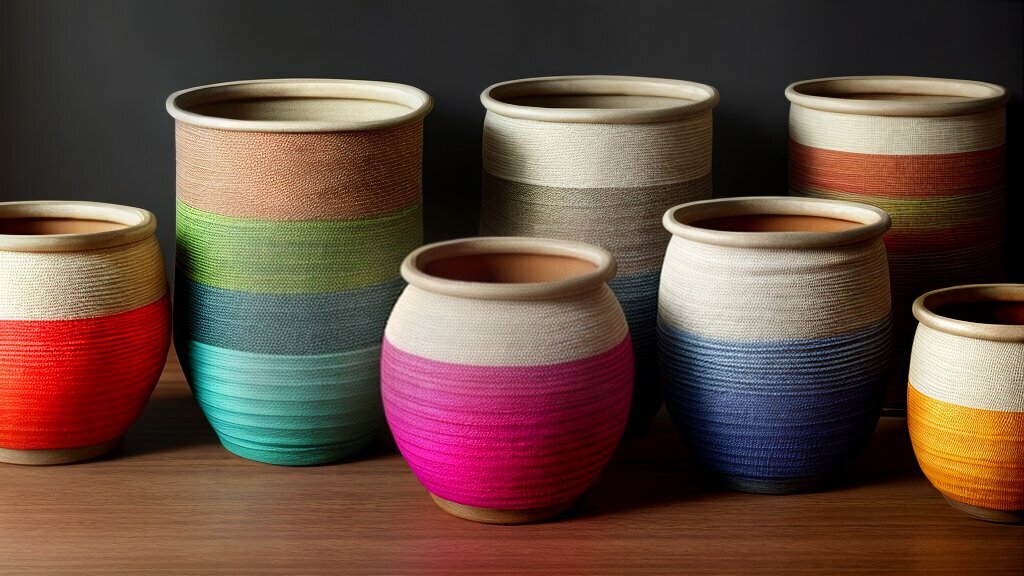
The Manufacturing Process of Fabric Pots
Have you ever wondered how fabric pots are made? The process is unique and requires special attention to detail to ensure the end product is of high quality.
The manufacturing process of fabric pots begins with the selection of the appropriate fabric type. The fabric is then cut into the desired shape and size using specialized cutting machines. The cut pieces are then assembled, with any additional layers or lining, based on design specifications.
The next step involves stitching the pieces together. This is typically done using a sewing machine, although some manufacturers may use other methods such as heat sealing or welding. The stitching must be strong and durable to ensure the pot does not come apart during use.
Once the pot is assembled and stitched, it undergoes a quality control check. This ensures that the pot is properly constructed and free of any defects. It is then washed and dried to remove any dirt or debris before being packaged and sent out to retailers.
The manufacturing process of fabric pots requires a high level of craftsmanship. This attention to detail and quality control ensures that the end product is perfect for your plant’s needs.
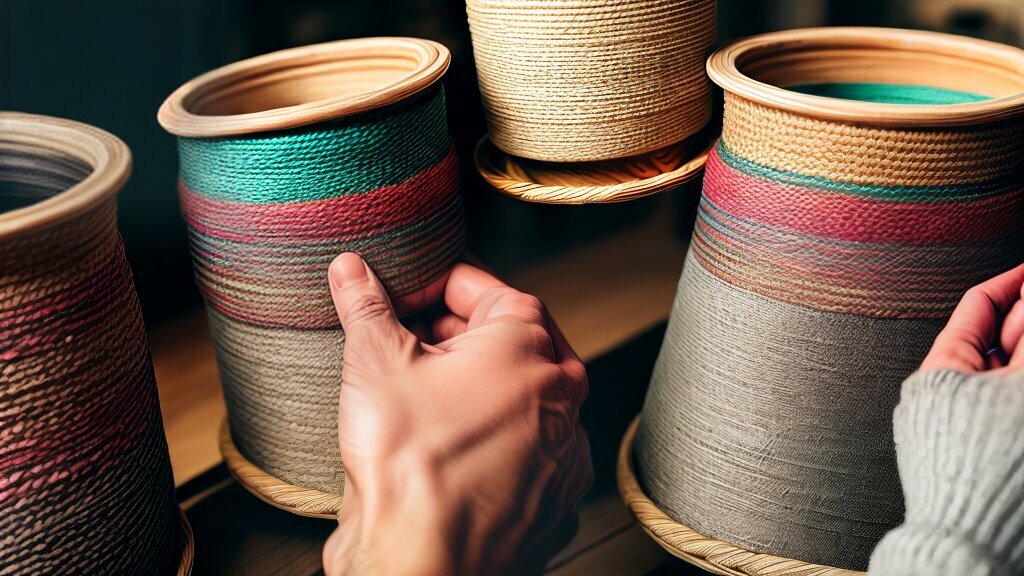
Image source: seowriting.ai
Benefits of Using Fabric Pots
If you’re looking for planters with superior functionality to boost your gardening game, fabric pots are the way to go. These pots feature a unique composition of fabric materials, resulting in several benefits for your plant’s health and growth.
One significant advantage of fabric pots is their aeration capabilities. Unlike traditional plastic or clay pots, fabric containers promote proper air circulation, allowing roots to breathe and preventing the harmful effects of root circling. Additionally, the porous fabric materials allow for optimal drainage, preventing waterlogging and root rot.
Did you know? Fabric pots are also known to regulate soil temperature, keeping plants cooler in hot climates and warmer in colder temperatures, ultimately resulting in healthier plant growth.
Fabric pots are also eco-friendly alternatives to traditional planters. By using sustainable fabric materials, such as recycled plastic or organic cotton, you can reduce plastic waste and limit the environmental impact of your gardening practices.
Fun fact: According to a study conducted by the Royal Horticultural Society, plants grown in fabric pots had a higher growth rate and produced more fruit compared to those grown in traditional containers.
Another advantage of fabric pots is their portability. These lightweight containers make it easy to move plants around or transport them when needed, making them ideal for balcony gardens or indoor spaces.
Lastly, fabric pots are reusable, making them a long-term investment for your gardening needs. Rather than constantly purchasing new plastic or clay pots, you can reuse fabric pots for numerous growing seasons, ultimately saving you money and reducing waste.
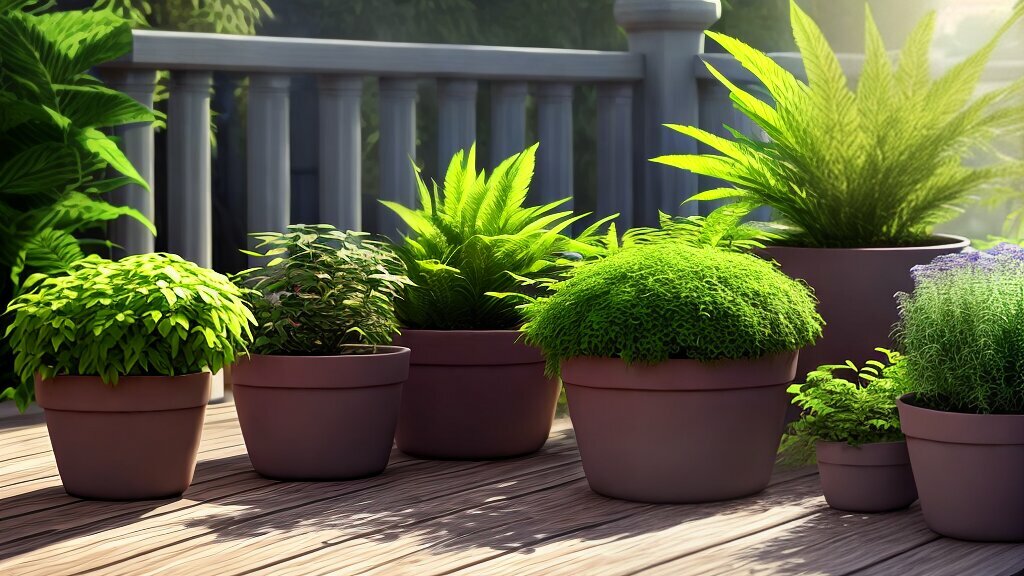
Eco-Friendly Alternatives for Sustainable Gardening
Are you looking for a more sustainable gardening option? Fabric pots may be the answer. These containers not only benefit your plants but also the environment. By choosing eco-friendly fabric pots, you’re reducing plastic waste and encouraging healthier plant growth without the use of harmful pesticides.
So, what are the ingredients used in fabric pots? Most manufacturers use materials such as recycled water bottles, natural cork, and organic cotton. These materials not only benefit the environment but also provide several advantages for your plants.
| Benefit | Explanation |
|---|---|
| Proper Aeration | Fabric pots allow air to circulate within the soil, which promotes healthy root development and prevents root rot. |
| Prevention of Root Circling | Fabric pots prevent root circling by forcing roots to grow outwards, preventing them from tangling and becoming root-bound. |
| Temperature Regulation | Fabric pots help regulate soil temperature, keeping your plants cool in the summer and warm in the winter. |
By using fabric pots, you’re not only providing a healthier environment for your plants but also contributing to a healthier environment for all. Choose fabric pots for a more sustainable and eco-friendly gardening solution!
Conclusion
Congratulations! You now have a thorough understanding of fabric pots and their many benefits for gardening. By exploring the composition of fabric pots, including the specific materials used and the manufacturing process, you can make informed decisions about which types of fabric pots to choose for your plants.
Moreover, by learning about the various advantages of using fabric pots, such as improved plant health and sustainability, you can feel good about your choice to use this eco-friendly alternative to traditional planters. Not only do fabric pots offer a superior growing environment for your plants, but they also contribute to a healthier planet.
So, next time you’re considering purchasing a planter for your garden, consider the benefits of fabric pots. With their unique composition, eco-friendly materials, and superior plant growth capabilities, fabric pots are an excellent choice for any gardener.

